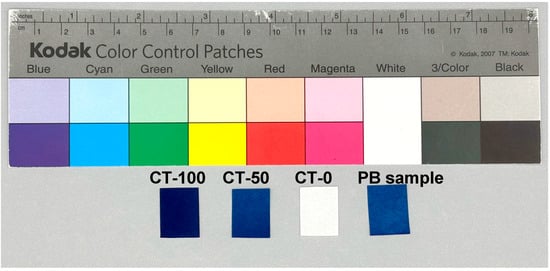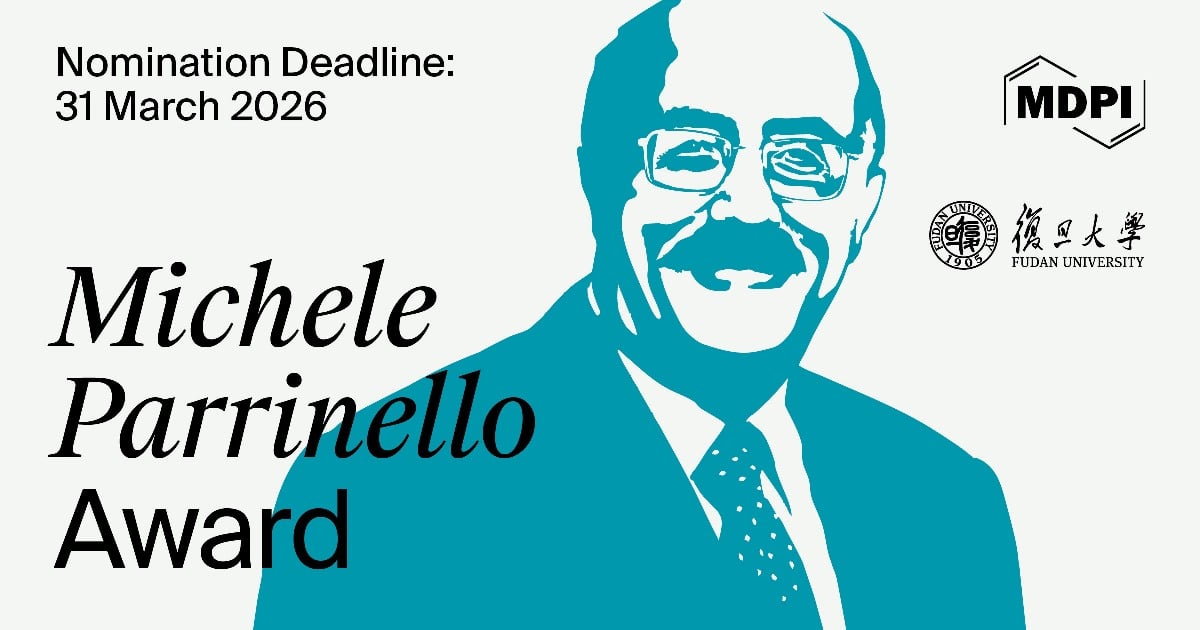-
 Photochemical Redox Reactions of 2,6-Dichlorophenolindophenol and Its Use to Detect Photoreduced Quinones
Photochemical Redox Reactions of 2,6-Dichlorophenolindophenol and Its Use to Detect Photoreduced Quinones -
 Phototoxicity of Quinolones and Fluoroquinolones: A Mechanistic Review About Photophysical and Photochemical Pathways
Phototoxicity of Quinolones and Fluoroquinolones: A Mechanistic Review About Photophysical and Photochemical Pathways -
 Observation of Blue Particles Formed by Photosensitizing Reaction on Paper Fibres of Cyanotypes
Observation of Blue Particles Formed by Photosensitizing Reaction on Paper Fibres of Cyanotypes
Journal Description
Photochem
- Open Access— free for readers, with article processing charges (APC) paid by authors or their institutions.
- High Visibility: indexed within Scopus, ESCI (Web of Science), EBSCO, and other databases.
- Rapid Publication: manuscripts are peer-reviewed and a first decision is provided to authors approximately 21.4 days after submission; acceptance to publication is undertaken in 3.5 days (median values for papers published in this journal in the first half of 2025).
- Recognition of Reviewers: APC discount vouchers, optional signed peer review, and reviewer names published annually in the journal.
- Journal Cluster of Chemical Reactions and Catalysis: Catalysts, Chemistry, Electrochem, Inorganics, Molecules, Organics, Oxygen, Photochem, Reactions, Sustainable Chemistry.
Latest Articles
E-Mail Alert
News
Topics
Deadline: 31 May 2026
Deadline: 30 June 2026
Conferences
Special Issues
Deadline: 30 November 2025
Deadline: 31 December 2025
Deadline: 31 December 2025
Deadline: 31 August 2026































